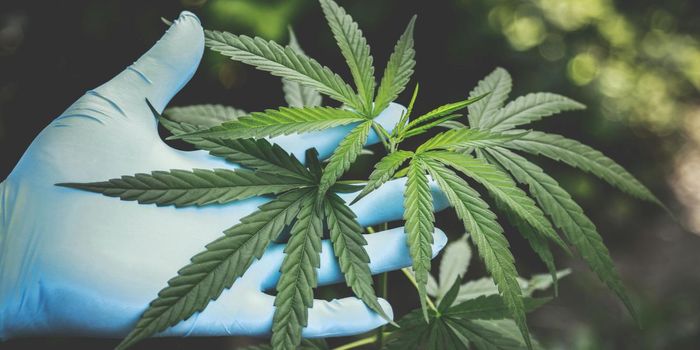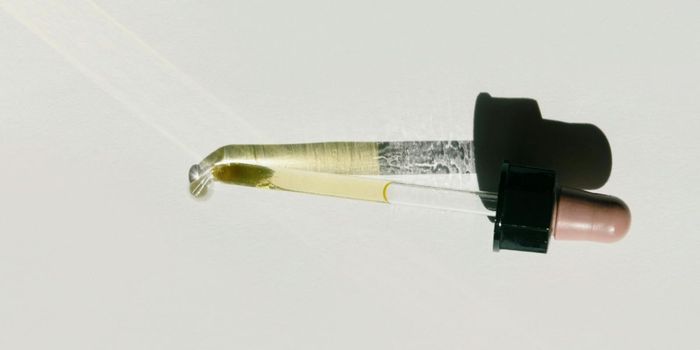Cancer Patients Prefer Higher Potency Medical Marijuana, Study Finds
A recent study published in the Journal of Palliative Medicine by Dr. Arum Kim, MD, and colleagues, from the New York University School of Medicine suggests that cancer patients differ from non-cancer patients in how they use marijuana. Apparently, people with cancer prefer a higher amount of THC, while patients suffering from epilepsy or multiple sclerosis would rather have more cannabidiol (CBD) in their formulations.
Photo source: UnSplash.com
The higher amount of THC is preferred for its effects on cancer symptoms and the side effects of cancer treatment, including chronic pain, weight loss, and nausea. In contrast, strains or formulations with greater amounts of CBD were more popular among non-cancer patients, including those with epilepsy and multiple sclerosis. Strains higher in CBD have been shown to reduce seizures and inflammation.
Dr. Kim and her colleagues wanted a clearer picture of the preferences of patients with or without cancer towards different types of medicinal marijuana formulations. They relied on data taken from a medical cannabis dispensary in New York State. They then analyzed demographic information, conditions, symptoms, and the marijuana product used.
There were a total of 11,590 individuals in the study. Nineteen hundred and ninety had cancer and used at least one cannabis product. Patients with cancer using cannabis were older and more likely to be female. The most common qualifying symptom for both cancer and non-cancer patients was severe or chronic pain. Cancer patients were more likely to use the sublingual tincture form of cannabis, while noncancer patients were more likely to vape. Over time, both types of patients increased their daily dose. This could be to tolerance, which can occur quickly with chronic use.
Photo source: UnSplash.com
"Although there is growing patient interest in medical cannabis, there is a scarcity of solid evidence about the benefits, risks, and patterns of use of marijuana products in various disease settings," says Dr. Kim, "Such information is important for delivering the best care." According to an article appearing in ScienceDaily, another investigator on the study, Dr. Benjamin Han, MD, MPH, explained the clinical relevance of their study. "In the absence of strong clinical research data for medical marijuana, identifying patterns of use offers some sense of how to guide patients who come in with questions for using medical marijuana, and what may or may not help them."
Now that the researchers have an idea for the patterns of use in different patient populations they now intend to investigate how medical marijuana affects patient response to therapy at different stages of their disease, as well as the risks and side effects of treatment. They also plan to investigate other cannabinoids besides THC and CBD in medical marijuana in future studies to get an idea for what may or may not be best formulations to prescribe patients depending on their disease.
Sources: Journal of Palliative Medicine, Journal of Neurology, Bioorganic and Medicinal Chemistry, Neuroscience and Biobehavioral Reviews, ScienceDaily










